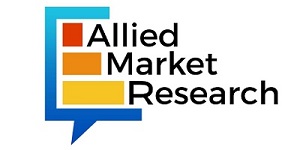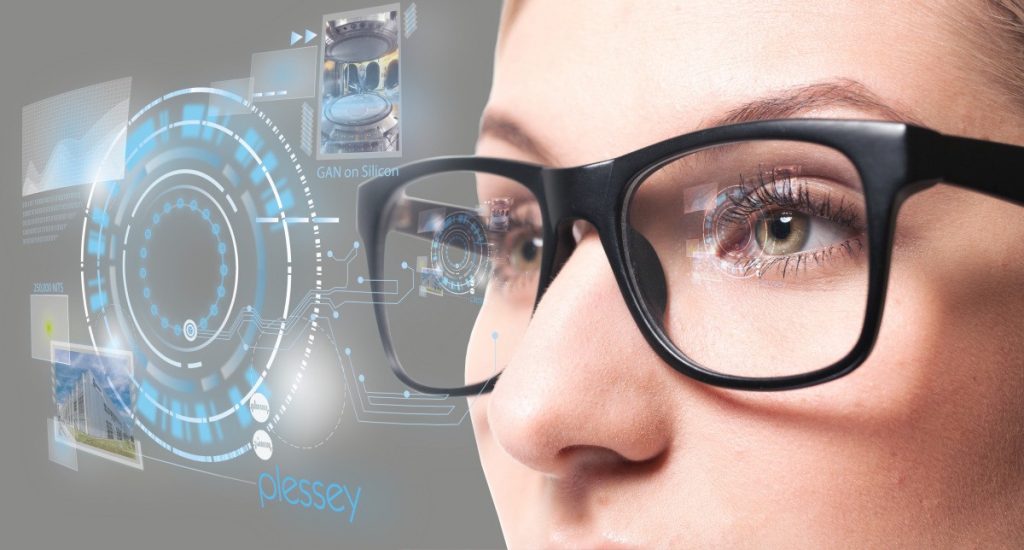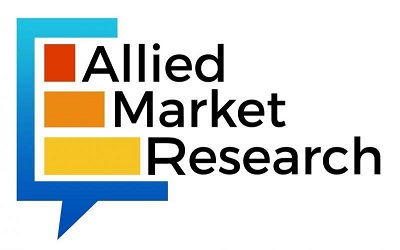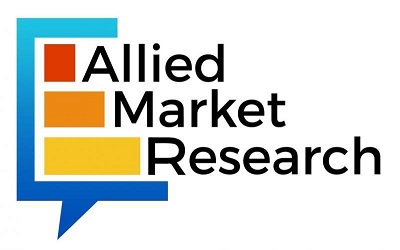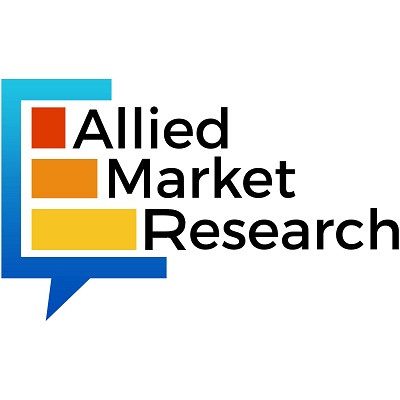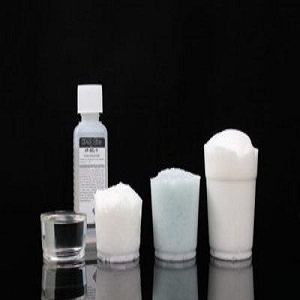According to a new report published by Allied Market Research, titled, “Modified Starch Market by Raw Material, Type, Application, and Function: Global Opportunity Analysis and Industry Forecast, 2017-2023,“ the global modified starch market was valued at $7,995 million in 2016, and is projected to reach $10,700 million by 2023, growing at a CAGR of 4.2% from 2017 to 2023. The food & beverage application segment accounted for more than half of the global market in 2016.
Modified starches are treated materials or additives obtained from different botanical sources such as maize, wheat, cassava, potato, and others. These can be transformed into various functional forms based on the required application; thus, they are preferred over native starch as the latter has limited functionalities. The most common chemical technique employed in the manufacturing of modified starch includes treating the crude starch with acids, sodium hydroxide, or potassium hydroxide. The physical treatment of starch to make it modified usually involves heat-moisture treatment, annealing, and pre-gelatinization. Modified starch is mainly applicable in the food & beverage and paper-making industries.
Do Enquiry for Sample Report@ https://www.alliedmarketresearch.com/request-sample/3936
The factors that drive the global modified starch market include growth in consumption in convenience food; facilitated modification of its functional properties; increase in usage in pharmaceutical, cosmetics, and paper industries. However, presence of possible alternatives of modified starch in the market and volatility in raw material prices may hamper the market growth. The new & potential sources of modified starch and its untapped applications present numerous opportunities for market de.
Based on raw material, the market is divided into maize, cassava, potato, wheat, and others. Maize is considered as the main raw material for manufacturing modified starch, occupying nearly half of the market share in terms of volume. Wheat, cassava, and potato are some other widely used raw materials for modified starch.
Based on application, the market is classified into food & beverages, animal feed, paper-making, weaving & textiles, pharmaceuticals, and others. The food & beverages application is the largest application segment, covering more than half of the market share. Moreover, paper-making and pharmaceuticals are the other main applications of the market, growing at significant growth rates.
Do Enquiry before purchasing Report@ https://www.alliedmarketresearch.com/purchase-enquiry/3936
Key findings of the study
- Asia-Pacific is the fastest growing region in the market, with CAGR of 4.5% in terms of value from 2017 to 2023.
- Pre-gelatinized is the most common type of modified starch with around 30% market share and 4.4% CAGR.
- Food & beverage application occupied more than half of the share in 2016, and is anticipated to grow at the significant CAGR of 4.3% in terms of value.
- Maize is the primary raw material, with nearly half of the market share as well as highest growth rate of 3.8% in terms of volume.
- The main function of modified starch is as thickener which is holding major market share and expected to grow with significant CAGR of 3.6% in terms of volume.
In 2016, North America and Asia-Pacific collectively accounted for more than half of the global modified starch market, and are expected to grow at the significant CAGRs during the forecast period. Asia-Pacific is expected to possess the highest CAGR, owing to the ongoing developments and high growth rate of food & beverage, pharmaceuticals, textile, and paper-making industries in this region.
The major companies profiled in the report include Archer Daniels Midland Company, Avebe U.A., Cargill Incorporated, Emsland-Stärke GmbH, Global Bio-Chem Technology Group Company Limited, Grain Processing Corporation, Ingredion Incorporated, Roquette Frères, Tate & Lyle PLC, and Universal Starch Chem Allied.
